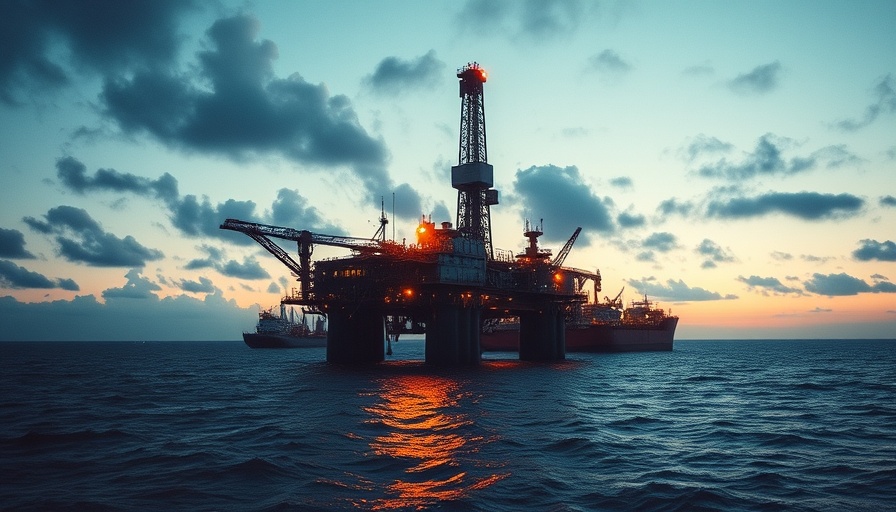
Gulf of America: A New Era of Deepwater Activity
The Gulf of America is on the verge of an unprecedented revival in deepwater oil production, signaling a wave of opportunities for investors and industry stakeholders alike. As demand for energy continues to escalate globally, experts are projecting that production levels could reach an all-time high. This resurgence is not just rooted in increased drilling activity but intertwined with advancements in technology and shifting regulatory landscapes.
Unpacking the Factors Behind the Surge
Several critical factors contribute to this anticipated spike in production. First, technological innovations like enhanced oil recovery methods and improvements in drilling techniques have made it economically viable to tap into previously inaccessible oil reserves. Moreover, companies are increasingly adopting digital solutions to enhance operational efficiency, ensuring faster turnaround times and lower costs.
Impact on the Global Energy Market
The potential boost in oil output from the Gulf of America comes at a crucial time for the global energy market. As nations strive for energy independence amidst geopolitical tensions, the U.S. Gulf is positioned to play a pivotal role in stabilizing supply chains. This could lead to price stabilization, benefiting consumers worldwide.
Environmental Considerations: The Industry's Responsibility
Despite the optimistic outlook, the resurgence in oil production raises environmental concerns. Industry leaders must navigate the dual pressures of meeting energy demands while fulfilling commitments to sustainability. Balancing these interests will be vital to maintain public trust and ensure compliance with regulatory frameworks aimed at protecting marine ecosystems.
What It Means for the Future
As we move forward, the Gulf of America's revival in deepwater resources stands to reshape not only the U.S. energy landscape but also the global arena. Stakeholders must remain vigilant and adaptive as the market evolves, ensuring that they not only take advantage of new opportunities but also address the challenges and responsibilities that come with increased production.
Conclusion: An Opportunity for Engagement
The outlook for deepwater oil production in the Gulf of America is not just about numbers; it’s about the intricate interplay between innovation, market dynamics, and environmental stewardship. As the situation develops, staying informed and involved will be crucial for those in the industry.
 Add Row
Add Row  Add
Add 




Write A Comment